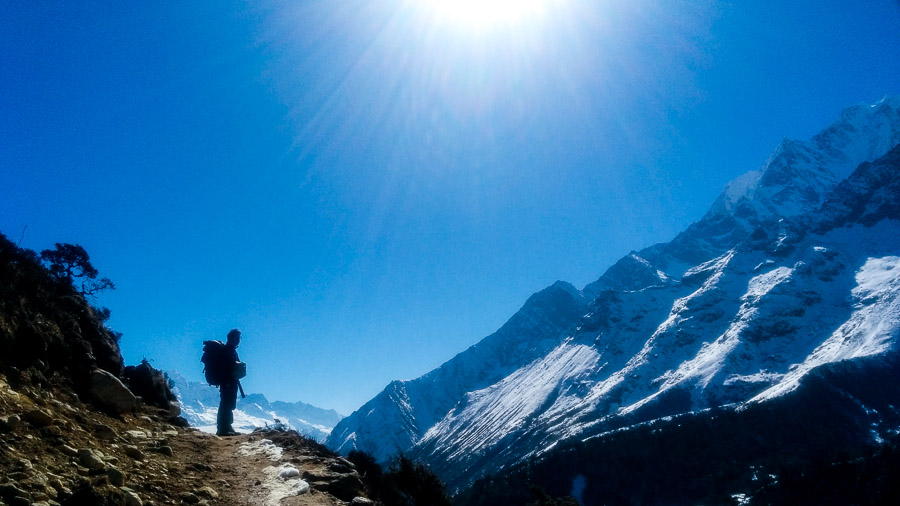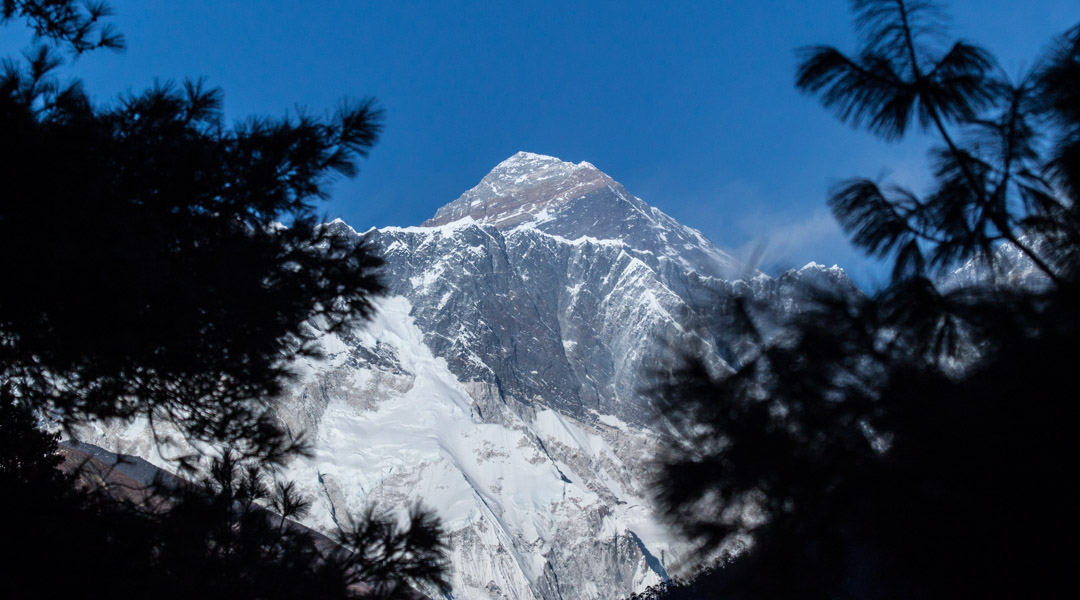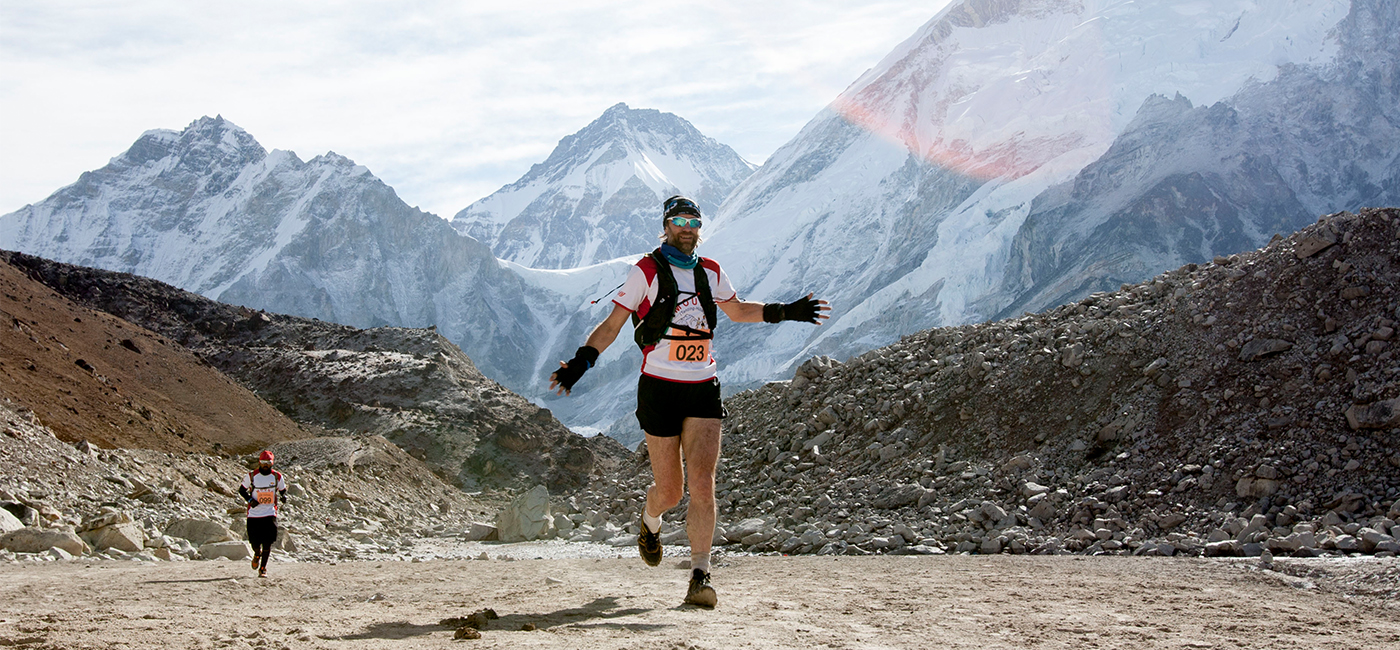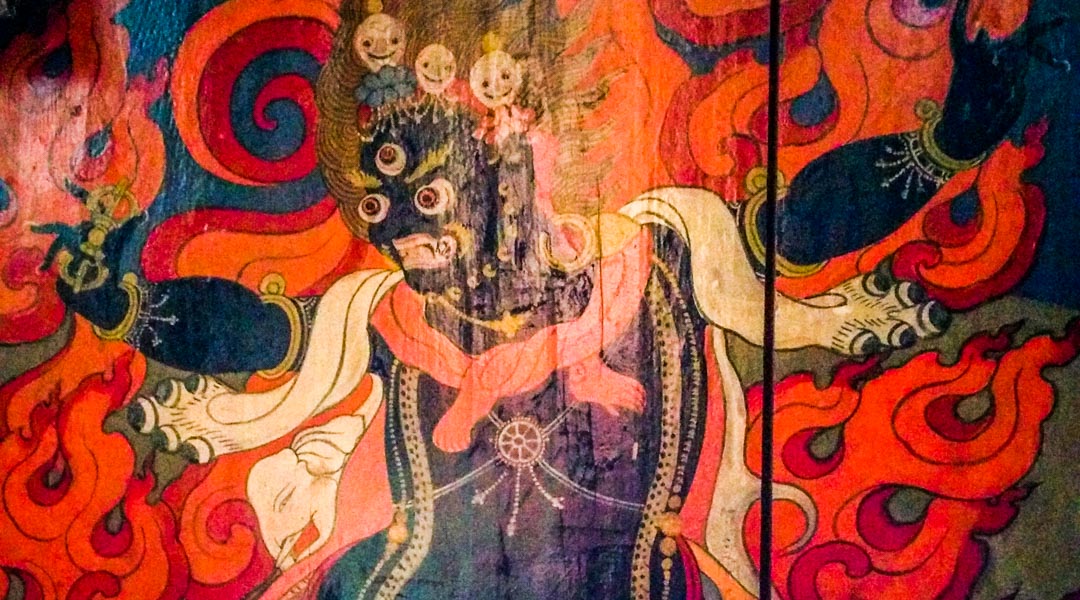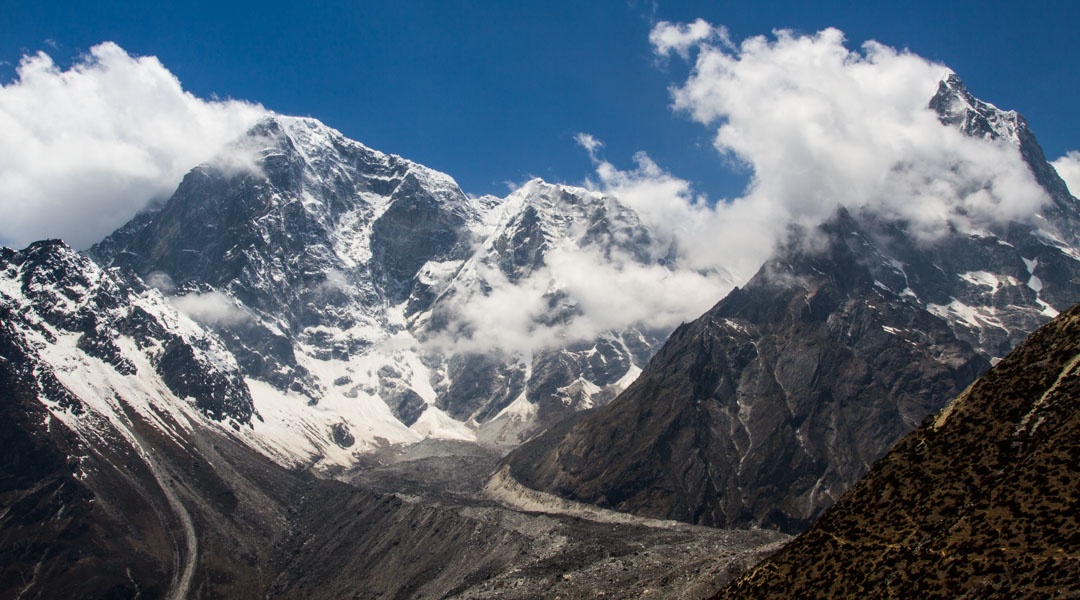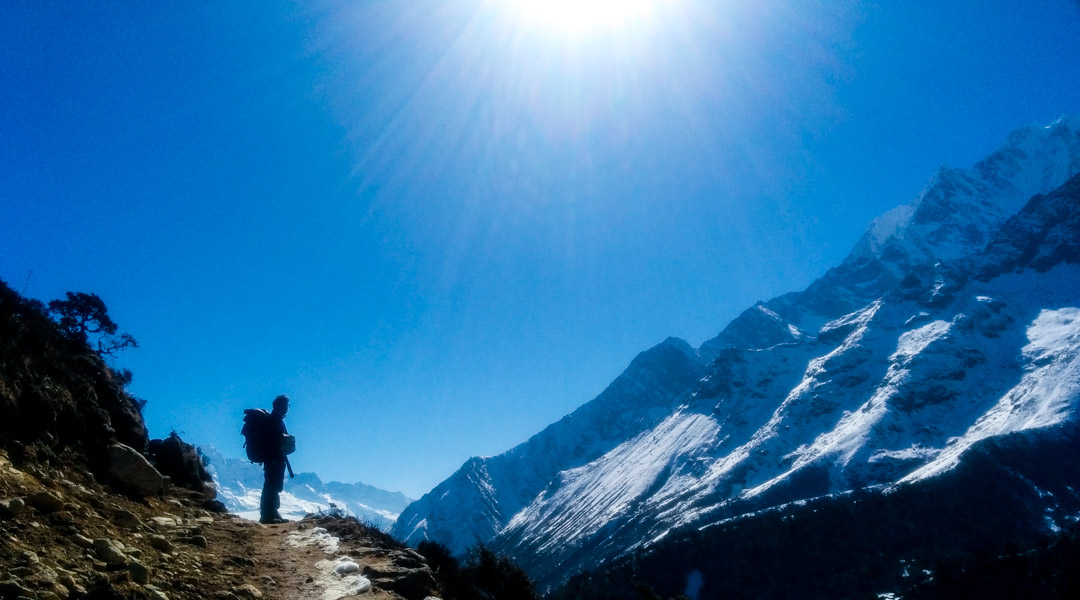
With clear skies and empty trails, Everest Base Camp Trek in January can be a rewarding experience for those that prepare well for the cold weather and snow.
Weather for Everest Base Camp Trek in January
January is the coldest month in the Everest Region. The absolute minimum temperature at altitudes of 5,000 masl can go as low as -26°C or -14.8°F. However, when the mercury hits that temperature, you will be under layers of blankets in a cozy lodge. Daytime temperatures while cold is still tolerable. But once the sun goes down, the temperature starts to drop very rapidly. Ideally, you want to be inside a lodge before sunset.
January also sees at least a few days of snow. And that snow doesn’t melt until mid-March. With snow on the ground and bright sunny days, you will be exposed to a high amount of UV. Also, remember that it is the dry and cold westerly wind that brings snow to Khumbu in January.
| Lukla (2,860m) | Namche (3,440m) | Lobuche (4,950m) | |
| Max Avg Temp | 10° C | 6° C | -4° C |
| Min Avg Temp | -2° C | -6° C | -16° C |
| Precipitation | 11 mm | 11 mm | 4 mm |
| Precipitation Days | 2.1 days | 2.1 days | 1.2 days |
| No. Sunny Days | 26.4 days | 26.4 days | 27.7 days |
| Sunrise (Jan 15) | 7:00 am | ||
| Sunset (Jan 15) | 5:30 pm | ||
Hazards, Gear and Planning Tips for EBC Trek in January
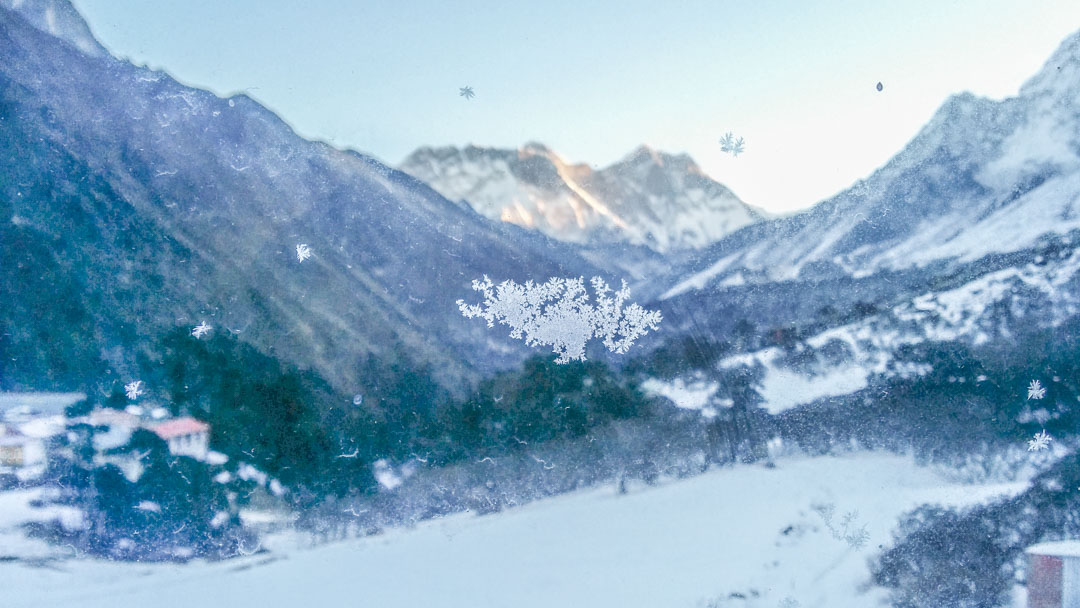
Given the weather, for those that are not prepared, frostbite, hypothermia, snow blindness, Khumbu cough, sunburn, and traumatic injuries are genuine possibilities.
However, for the well prepared, January can be a very rewarding time to trek. A pair of good boots will keep your feet dry and warm from the snow. Consider using microspikes in some sections to avoid traumatic injuries. Trekking poles are also highly recommended. To avoid exposure, it is essential to have a good down jacket, four-season sleeping bag, woolen cap, waterproof gloves, and warm base layers. An extra fleece will and gaiters can also come in handy. Do not skimp on the sunscreen and get good sunglasses to protect yourself against the intense high-altitude UV exposure. A buff over your nose and mouth will protect you from the Khumbu cough and UV at the same time. Also, given limited daylight, it is essential not to be too ambitious with your days.
Generally, if you prepare for the worst, January is an ideal time to trek in the Everest Region. Here is a Comprehensive Gear Checklist for Trekking in Nepal. Also, read more about Altitude Illnesses and Environmental Hazards.
Three High Passes of Everest in January

Contrary to popular opinion, the three high passes of Everest (Cho La, Kongma La, and Renjo La) are doable in January. However, it is imperative to prepare with extra days, an experienced guide, and proper gear. There is an excellent Thorn Tree discussion on midwinter trekking in Nepal.
That said, there is not a single trek in the Everest Region that cannot be done in January.
How crowded is the Everest Base Camp Trek in January?

With only 1,700 of the 56,000 trekkers entering the Everest Region in January, it is one of the most underrated months. Even though winter treks are getting increasingly popular, you can still be assured to have the trail, lodges, sunshine, and mountain views all to yourself!

Lukla Flights in January

Unlike the peak trekking season, flights to Lukla will operate from Kathmandu in January. While fog in Kathmandu and snow in Lukla can cause delays/cancellations, the weather in January is generally stable with clear skies. Do have an extra day for eventualities, but chances are very low that you will have to use it.
Hotels and Prices in January
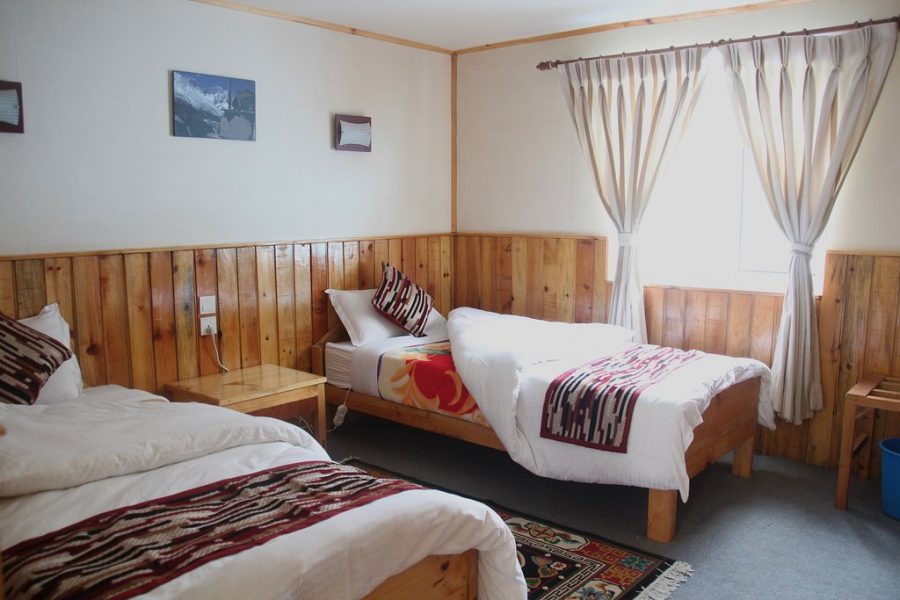
At least one hotel will remain open in a village throughout the winter. While you can’t be sure which one will be open, you can rest assured that at least one will be open. However, it doesn’t hurt to call or book hotels of Everest in advance.
Weird as it may sound, prices in the Everest Region do not fluctuate with the season. You might get a discount here and there, but that will be the extent of it. While you will not save much in Khumbu, you might be able to get a good deal on international flight tickets to Kathmandu during this period.
Attractions in the Everest Region in January

As mentioned already, the most fantastic thing about doing the Everest Base Camp Trek in January is the spectacular mountain views and empty trails. If you plan to go to Gokyo, you will probably be pleased to find that the lakes there are all frozen!
In addition to these, it is also worthwhile to note that a lot of large wildlife descend to lower valleys during the winter, which increases your chance of crossing paths with them. Musk Deer, Himalayan Tahr, Snow Leopard, and Himalayan Monals are more easily seen during January.
Happy trails!










